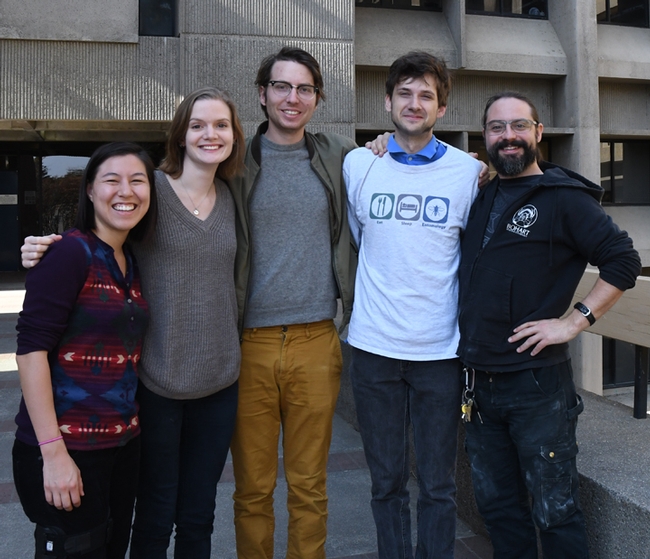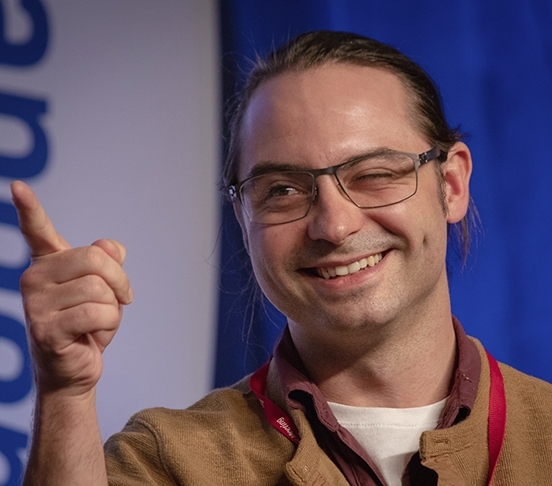
Ask them a question about insects and entomologists, and odds are, they'll come up with the correct answer.
And quickly.
They've already won three national championships and are gearing up for a fourth.
"They" are members of the UC Linnaean Games Team (UC Berkeley and UC Davis graduate students) and they're looking forward to competing in the annual Linnaean Games at the Entomological Society of America (ESA) meeting, set Nov. 17-20 in St. Louis.
The Linnaean Games, launched in 1983, are lively question-and-answer, college bowl-style competitions on entomological facts and played by winners of the ESA branch competitions. The teams score points by correctly answering random questions.
This year's UC team, captained by Ralph Washington Jr., a UC Berkeley public policy graduate student who received his bachelor's degree in entomology at UC Davis, includes five UC Davis doctoral students in entomology: Brendon Boudinot, Zachary Griebenow and Jill Oberski, all of the Phil Ward lab, UC Davis Department of Entomology and Nematology; and alternates Miles Dakin of the Christian Nansen lab and Hanna Kahl of the Jay Rosenheim lab.
Washington has captained all three winning teams, and Boudinot has helped anchor all of them.
The record:
- 2018: UC won the national championship (link to news story) in Vancouver, B.C., defeating Texas A&M Graduates, with Washington captaining the team and joined by Boudinot, Oberski and Griebenow, and Emily Bick (who received her doctorate this year) of the Christian Nansen lab. (No video of the championship round)
- 2017: The UC team did not compete. (Texas A&M won the national championship; see championship round on YouTube)
- 2016: UC won the national and international championships at the University of Florida, at the joint and international meeting of ESA and the International Congress of Entomology (ICE), defeating the University of Georgia. (See championship round on YouTube)
- 2015: UC won the national championship at the games held in Minneapolis, Minn., defeating the University of Florida. (See championship round on YouTube)
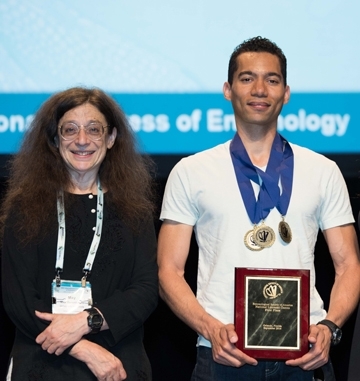
All branches of ESA conduct a Linnaean Games competition, with each branch sending the winner and the second-place winner to the nationals. The UC team has won the Pacific Branch (PBESA) competition multiple times. PBESA encompasses 11 Western U.S. states, plus several U.S. territories and parts of Canada and Mexico.
Some of the previous questions asked of the UC team during the championship rounds:
Toss-Up Question: What is the smallest insect that is not a parasite or parasitoid?
Answer: Beetles in the family Ptiliidae.
Bonus Question:Some species of mosquitoes lay eggs that can undergo diapause or aestivation. Give at least three cues that trigger the aquatic eggs to hatch.
Answer: Temperature, immersion in water, concentration of ions or dissolved solutes.
Toss-Up Question: Chikungunya is an emerging vector-borne disease in the Americas. Chikungunya is derived from the African Language Makonde. What means Chikungunya in Makonde?
Answer: Bending up.
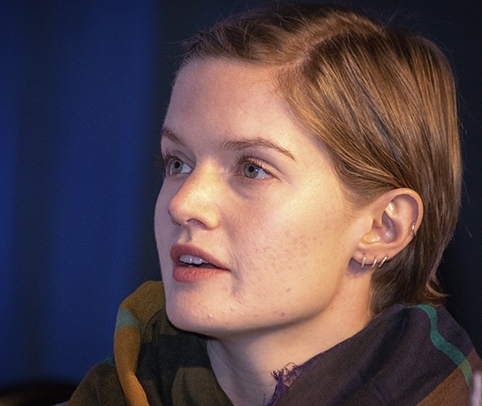
Answer: Trichoptera
Toss-Up Question: Certain Chrysomelid larvae carry their feces as a defensive shield. To what subfamily do these beetles belong?
Answer: Cassidinae.
Bonus Question: The first lepidopteran sex pheromone identified was bombykol. What was the first dipteran sex pheromone identified? Give the trade or chemical name.
Answer: Muscalure, Z-9-Tricosene. It is also one of the chemicals released by bees during the waggle dance.
Toss-Up Question: What famous recessive gene was the first sex-linked mutation demonstrated in Drosophila by T.H. Morgan?
Answer: White
Bonus Question: Cecidomyiidae are known as the gall flies. What is unique about the species Mayetiola destructor, and what is its common name?
Answer: Mayetiola destructor is the Hessian Fly, a tremendous pest of wheat. It does not form galls.
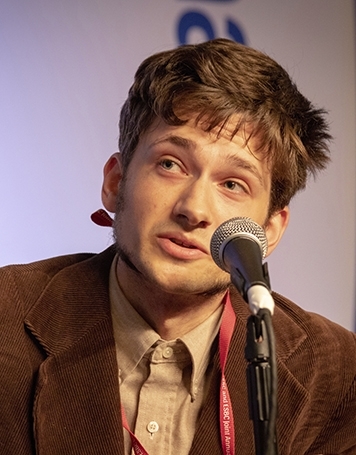
Answer: The Endangered Species Act
Toss-Up Question: In what insect order would you find hemelytra?
Answer: The order Hemiptera.
Toss-Up Question: The subimago stage is characteristic of what insect order?
Answer: The order Ephemeroptera
Bonus Question: A 2006 Science article by Glenner et al. on the origin of insects summarized evidence that Hexapods are nothing more than land-dwelling crustaceans, which is to say that the former group Crustacea is paraphyletic with respect to the Hexapoda. What hierarchical name has been used to refer to this clade?
Answer: Pancrustacea
Toss-Up Question: What are the three primary conditions that define eusociality?
Answer: Cooperative brood care, overlapping generations, and reproductive division of labor
In addition to serving on the Linnaean Games Team, Boudinot will be honored as the PBESA recipient of the John Henry Comstock Award, the top graduate student award. PBESA is one of six branches of ESA.
Founded in 1889, ESA is the world's largest organization serving the professional and scientific needs of entomologists and individuals in related disciplines. It is comprised of more than 7000 members, who are affiliated with educational institutions, health agencies, private industry, and government. Members are researchers, teachers, extension service personnel, administrators, marketing representatives, research technicians, consultants, students, pest management professionals, and hobbyists.
Resources:
Origin of Linnaean Games (Richard Levine in American Entomologist)
Previous Winners (Entomological Society of America)
Attached Images:
